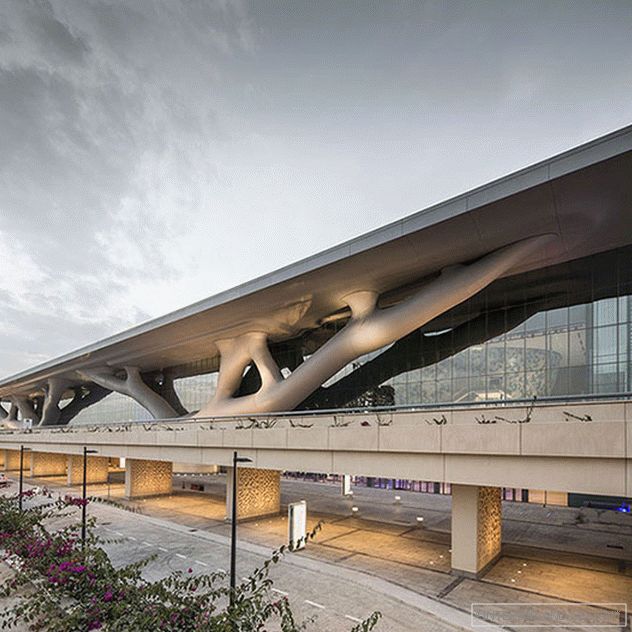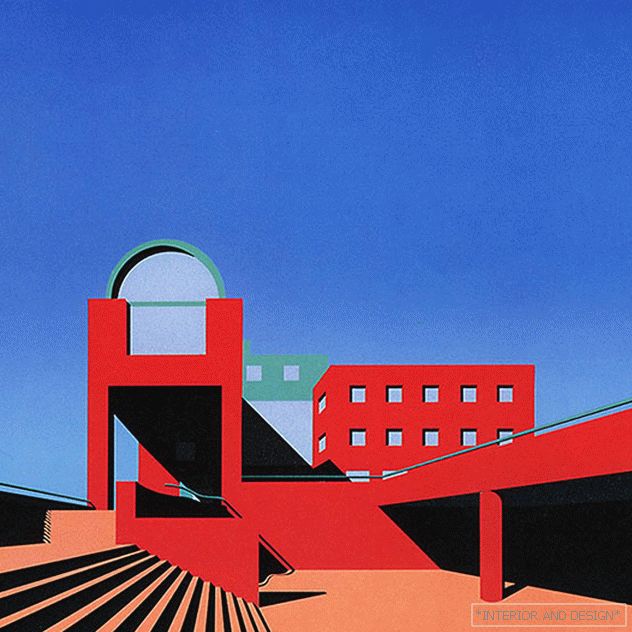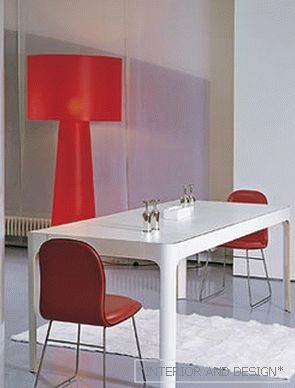Great practitioner and theorist of Japanese architecture Arata Isozaki (Arata Isozaki) in an interview with "INTERIOR + DESIGN":
По теме: Arata Isozaki для Эрика Клэптона: дом в Калифорнии
The benefits of cataclysms One of the most powerful impressions of my childhood is the absence of entire cities in Japan after the war. I witnessed how megalopolises began to rise from the ruins and deserts, to grow new architecture and to form a different environment. Often there must be some kind of push, an extreme situation will arise, before something worthwhile and truly new arises in the architecture. Be it the Kobo earthquake, the revolting 60s or the events in Russia of the 20s. (I do not get tired to inspire the Soviet architectural avant-garde).

Subculture In my youth, I traveled to New York or Paris and met friends everywhere who were concerned about the same questions as me. It was a different world. The younger generation always has its own subculture. Passion and energy make it possible to create something. The beginning of my work is connected with the underground. Of course, I have come to the surface a long time ago, but I am interested in the projects of young architects. If young people are more courageous to realize what they come up with on paper, I am sure that this will be in demand and fashionable.
Last bow Tokyo dies as a city, loses its atmosphere and structure. And never again will be nice and calm. A lot of greenery is cut down here. Destroy old buildings and build standard glass and concrete. Maybe someday Tokyo will become fascinating in something else. But when this happens, no one knows.

Arata Isozaki born in 1931 in Oita. He graduated from the Faculty of Architecture at the University of Tokyo in 1954. His installation "Electric Labyrinth", created in 1968 for the 14th Milan Triennial, was destroyed by participants in student unrest. The author of the projects of the Municipal Library in Kitakyushu, the Museum of Modern Art in Los Angeles, the San Jordi Sports Palace in Barcelona, the Center for Science and Technology (USA) and others. Professor at Tokyo, Hawaiian and Columbia Universities. Author of numerous theoretical works on the history and theory of architecture, including the article "Architecture with or without irony." The principles of design Isozaki at various times embodied the ideas of functionalism, metabolism, postmodernism.



